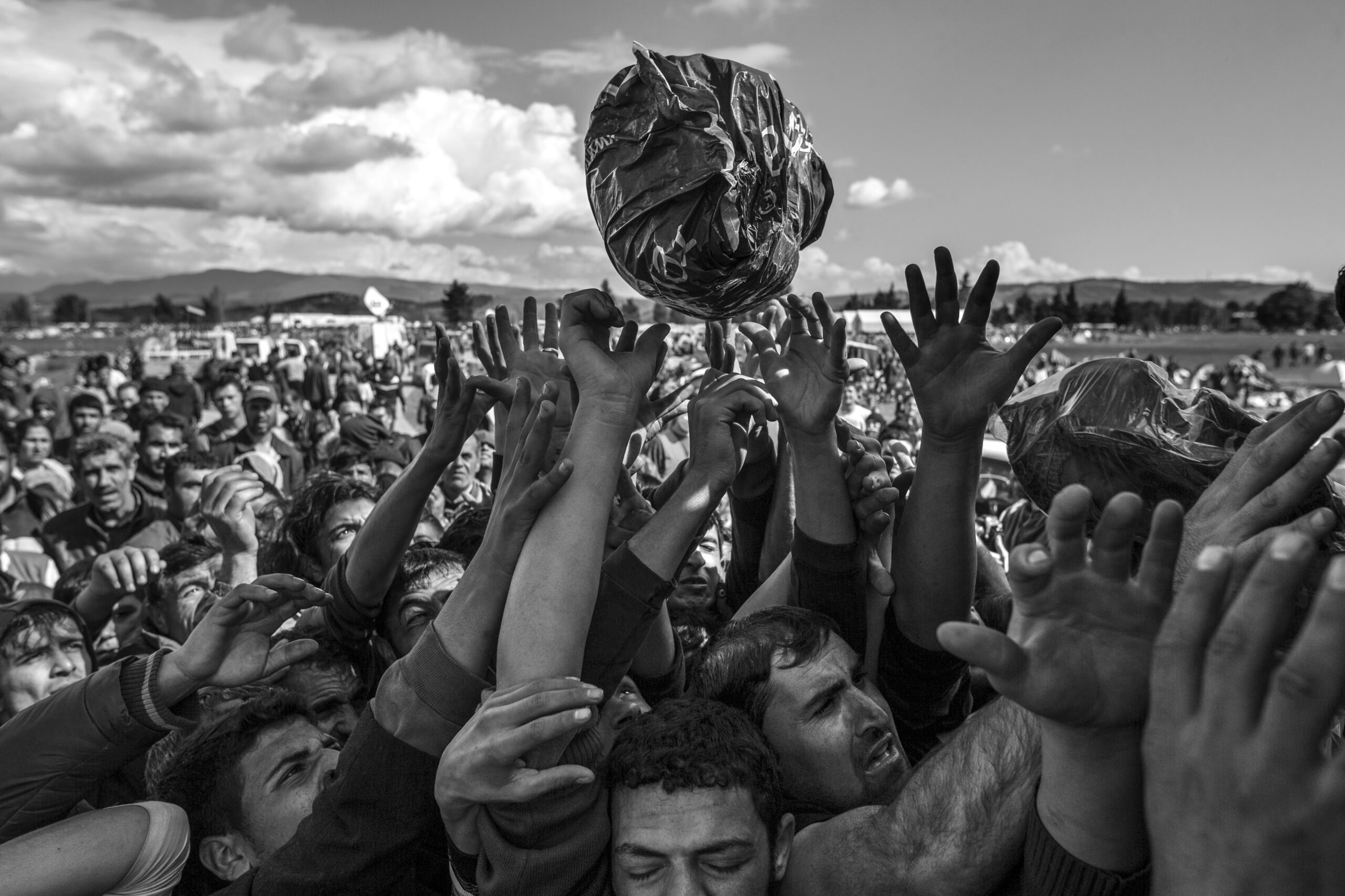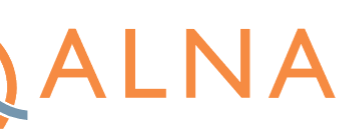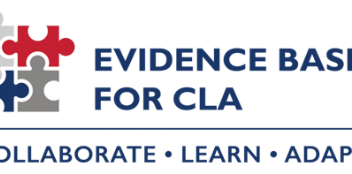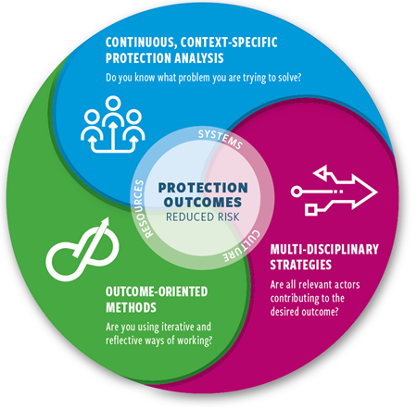Featured Resource
 3327
Protection for People: What Do We Mean? Guidance for Senior Leadership
3327
Protection for People: What Do We Mean? Guidance for Senior Leadership

InterAction has published and collected resources including tools, reports, project evaluations, blogposts, and others from Members and partners that promote results-based approaches to protection since 2012; all of which can be found in this resource library. To explore practical case examples of RBP in practice, visit the case example page. Background photo By: Simon Moricz Sabjan is licensed under the CC BY-NC 4.0 license.
This webinar discussion aimed to explore the implications of multilingual communication in protective humanitarian action. The webinar engaged Translators without Borders and several practitioners working in protection to discuss how the languages and formats of communication can impact affected populations. Drawing on case examples from forced displacement situations in Northeast Nigeria and Myanmar/Bangladesh, the discussion explored steps humanitarian actors can take to improve effective two-way communication

The GBV PEF is a set of guiding approaches aimed at helping practitioners make better decisions in their analysis, program design, and measurement such that GBV prevention outcomes can ultimately be evaluated. It has been built on the foundation of the Results-Based Protection framework developed by InterAction and endorsed by a broad set of humanitarian actors, including international non-governmental organizations, ICRC, and international organizations.
Building on ALNAP’s work on evaluating humanitarian innovation and emerging research on adaptive humanitarian action, this webinar aimed to: explore why adaptive management is important for humanitarian actors; examine supportive conditions and the challenges actors face in trying to adapt in complex and dynamic crises; and identify outcome-oriented methods and ways of working that support continuous reflection and using information gathered to inform more responsive interventions.

This podcast episode focuses on what effective collaboration looks like. While collaboration yields many benefits desirable outputs for problem-solving, including “surfacing the things we don’t know”, bringing different perspectives and capacities to bear, and fostering trust which can live beyond a particular project or initiative, the podcast also highlighted some pitfalls to ‘over-collaboration’

Building on current momentum, InterAction’s Protection Team, with support from the Swedish International Development Cooperation Agency (SIDA) seeks to contribute to a strategic and cultural shift within the humanitarian community to better achieve protection outcomes.

In light of emerging initiatives to design strategies to prevent sexual and gender-based violence (SGBV), this presents a unique opportunity to apply results-based approaches to SGBV prevention and to develop guidance related to measuring results and outcomes. While there are some notable efforts underway, practitioners struggle to measure the results and outcomes of prevention programs.

InterAction has undertaken two Protection-focused missions to Nigeria in the past 18 months, focused on identifying ways that the humanitarian response can work to reduce risk. This trip is meant to build on the previous missions and will focus on the challenges of protection analysis and decision-making in an increasingly complex context. This mission supports the field-level component of InterAction’s SIDA-funded project, Strengthening Ways of Working for Protection Outcomes.

"*" indicates required fields